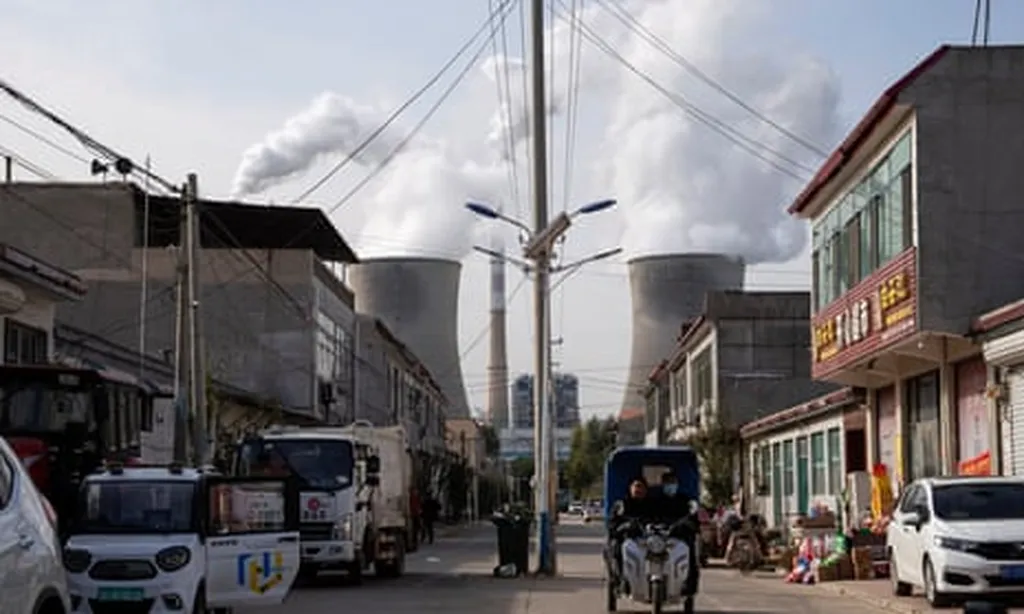In the heart of China’s industrial landscape lies an untapped resource that could revolutionize the energy sector: abandoned mines. These derelict sites, often seen as environmental liabilities, are now at the center of a groundbreaking study led by Liyuan Liu from the School of Resources and Safety Engineering at the University of Science and Technology Beijing. Liu’s research, published in the Journal of Engineering Science, explores the potential of transforming these abandoned mines into efficient thermal energy storage systems, offering a promising solution to seasonal energy demands and waste heat utilization.
The study focuses on the development of Mine Thermal Energy Storage (MTES) systems, which leverage the unique geothermal environments found in abandoned mines. By injecting surplus thermal energy from renewable sources like wind and solar power, or industrial waste heat, during the summer months, these systems can store the energy underground and extract it for winter heating. This approach not only conserves energy but also significantly enhances the utilization efficiency of renewable resources.
“Mine water thermal resources are abundant and demonstrate substantial heat supply potential,” explains Liu. “The formation of artificial pseudo-aquifers through mine void networks allows for contained hydrothermal resources that can be efficiently utilized for seasonal heating.”
The research employs a multiphysics coupled mechanical model to assess the long-term operational performance of MTES systems. Numerical simulations reveal that the system can effectively utilize geothermal environments for high-efficiency storage of waste heat. For instance, after injecting water at 80°C, the system retains a residual temperature of 35.5°C during the first year, with winter extraction temperatures progressively increasing annually.
One of the most compelling findings is the system’s ability to maintain roadway stability, ensuring the feasibility and safety of MTES implementation. “Stress analysis demonstrates that thermal storage operations maintain roadway stability,” Liu notes, highlighting the practicality of this innovative approach.
The study also conducts a sensitivity analysis using the Distance-based Generalized Sensitivity Analysis (DGSA) method to identify critical parameters affecting system efficiency. Summer injection temperature and injection rate are found to be the most influential factors, followed by roadway temperature characteristics.
The implications of this research for the energy sector are profound. By repurposing abandoned mines, MTES systems offer a sustainable and efficient solution for seasonal energy storage, addressing the intermittent nature of renewable energy sources. This innovation could significantly contribute to optimizing energy structures and enhancing energy efficiency, particularly in regions facing energy crises.
As the world seeks to transition towards a more sustainable energy future, Liu’s research provides crucial theoretical support and practical guidance for the implementation of abandoned mine thermal storage systems. The findings not only offer scientifically reliable technical recommendations but also pave the way for large-scale engineering applications, potentially transforming the energy landscape.
With the growing recognition of the geothermal potential of mine water globally, this study underscores the importance of leveraging non-mineral resources in derelict mine workings. As Liu and his team continue to explore the possibilities of MTES systems, the energy sector stands to benefit from a novel and sustainable approach to seasonal heating and energy storage.
Published in the Journal of Engineering Science, this research marks a significant step forward in the field of energy storage, offering a glimpse into a future where abandoned mines are repurposed for the greater good, contributing to a more sustainable and efficient energy infrastructure.

